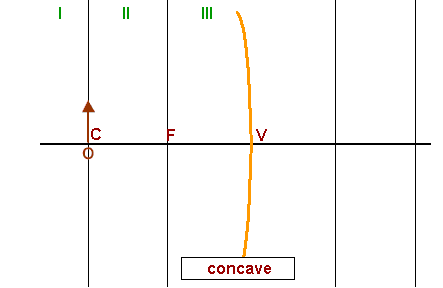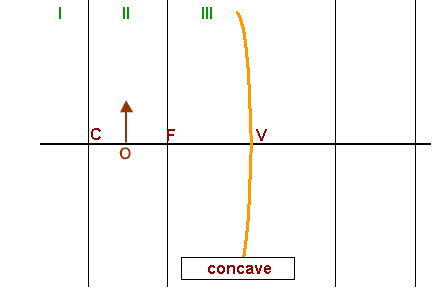
Review Sheet |
 |
|
Web Resources
|
||
Vocabulary: Plane Mirrors
| wavefront | interface |
| ray | normal |
| magnification M = | I / O | | reflection |
| angle of incidence | angle of reflection |
| plane mirrors | minimum mirror length |
| properties of virtual images formed by plane mirrors | diverging rays |
| rough surfaces | diffuse reflection |
| polished surfaces | specular reflection |
| Law fo Reflection | Law of Plane Mirrors |
Vocabulary: Spherical Mirrors
| concave mirror | convex mirror |
| axis of a spherical mirror | vertex of a spherical mirror |
| center of a spherical mirror | focus of a spherical mirror |
| radius of a spherical mirror | focal length of a spherical mirror |
| 3 principal rays to construct images formed by spherical mirrors | aberrations |
| real image | virtual image |
| inverted | upright |
Vocabulary: Rippletank Phenomena
| point source | wavefront |
| circular wave | plane wave |
| incident wavefront | incident ray |
| interface | angle of incidence |
| normal | angle of reflection |
| reflected ray | reflected wavefront |
| image source (circular reflections off a straight barrier) |
wavelength (l) |
| frequency (¦) | wave velocity (vw) |
| relationship between frequency and period (¦,T) | superposition |
| interference (resultant) | troughs |
| crests | destructive (nodes) |
| constructive (antinodes) | central maximum |
| changes that occur when
two in-phase point sources (same distance apart) change frequency |
changes that occur
when two in-phase point sources (same f) move closer together vs farther apart |
| damped | parabolic barrier |
| focus | relationship between frequency and wavelength (¦,l) |
| diffraction | behavior through large vs small openings |
| behavior around large vs small obstacles | refraction |
| medium | short wavelengths vs long wavelengths |
| angle of refraction | bending towards/away from the normal |
Ray Diagrams
| law of reflection |
| location of reflections P1, P2, P12, P21..... |
| rays used to form a virtual image in angled plane mirrors (single bounce - no double bounces) |
| rays showing that the minimum plane mirror = 1/2 the height of the object |
| specular reflections vs diffuse reflections |
| six cases for concave mirrors |
| two cases for convex mirrors |
| plane waves reflecting off of a parabolic reflector |
| circular waves reflecting off of a straight barrier |
| two-point source interference |
| diffraction through a barrier |
| refraction across an oblique interface |
Practice Diagrams
|
|
|
|
 |
 |
 |
 |
|
|
|
|
|
|
 |
|
|
|